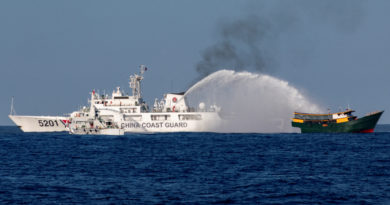Turkey and Syria Earthquakes | Why was the Turkey-Syria earthquake so deadly?

LONDON – The 7.8-magnitude earthquake that struck Turkey and Syria on Monday is likely to be one of the deadliest this decade, seismologists said, with a more than 100km rupture between the Anatolian and Arabian plates.
A combination of factors, including the earthquake’s timing, location, relatively quiet fault line and poor construction, made it particularly devastating, scientists said.
Here is a look at what happened beneath the earth’s surface and what to expect in the aftermath.
The Most Devastating Earthquakes In History | Mega Disaster | Spark
.
When the earthquakes all hell breaks loose, they strike with lighting speed and a huge bulk of destruction. These forces baffle experts who are on a desperate mission to predict when the next big one will hit. The Earth’s titanic forces can rip apart the land, homes and people’s lives. This series exposes their killer characteristics and why they can be so devastating.
.
…
Where did the earthquake originate?
The epicentre was about 26km east of the Turkish city of Nurdagi at a depth of about 18km on the East Anatolian Fault. The quake radiated towards the north-east, bringing devastation to central Turkey and Syria.
During the 20th century, the East Anatolian Fault yielded little major seismic activity.
“If we were going simply by (major) earthquakes that were recorded by seismometers, it would look more or less blank,” said Dr Roger Musson, an honorary research associate at the British Geological Survey.
Only three earthquakes have registered above magnitude 6 on the Richter scale since 1970 in the area, according to the US Geological Survey. But in 1822, a 7-magnitude quake hit the region, killing an estimated 20,000 people.
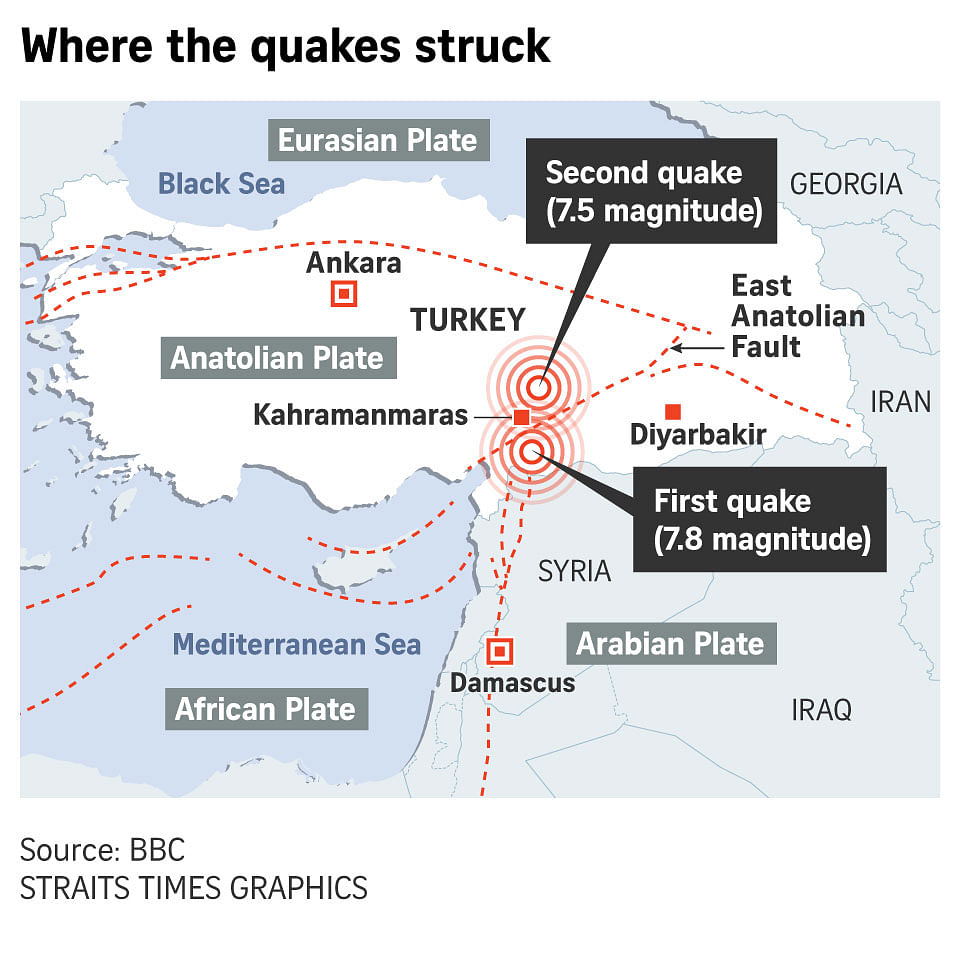
…
How bad was this earthquake?
On average, there are fewer than 20 quakes over magnitude 7 in any year, making Monday’s event severe.
Compared with the 6.2-magnitude quake that hit central Italy in 2016 and killed around 300 people, the Turkey-Syria earthquake released 250 times as much energy, said Dr Joanna Faure Walker, head of the University College London Institute for Risk and Disaster Reduction.
Only two of the deadliest earthquakes from 2013 to 2022 were of the same magnitude as Monday’s quake.
…
Why was it so severe?
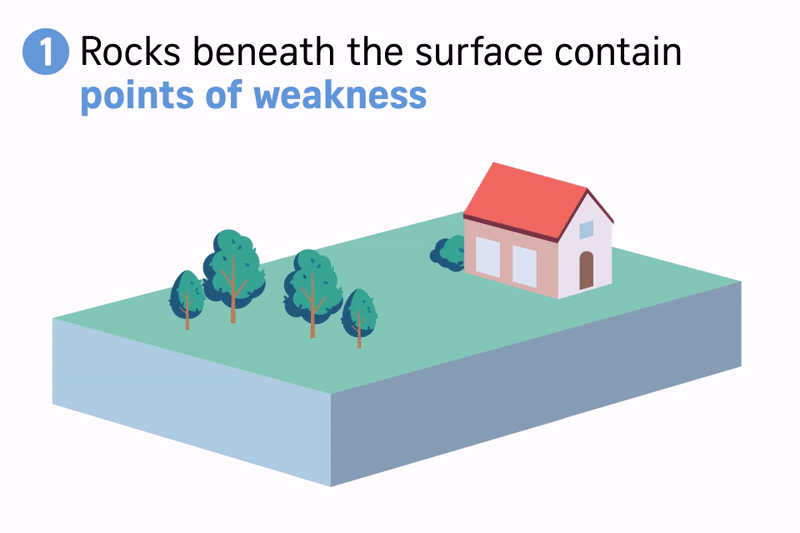
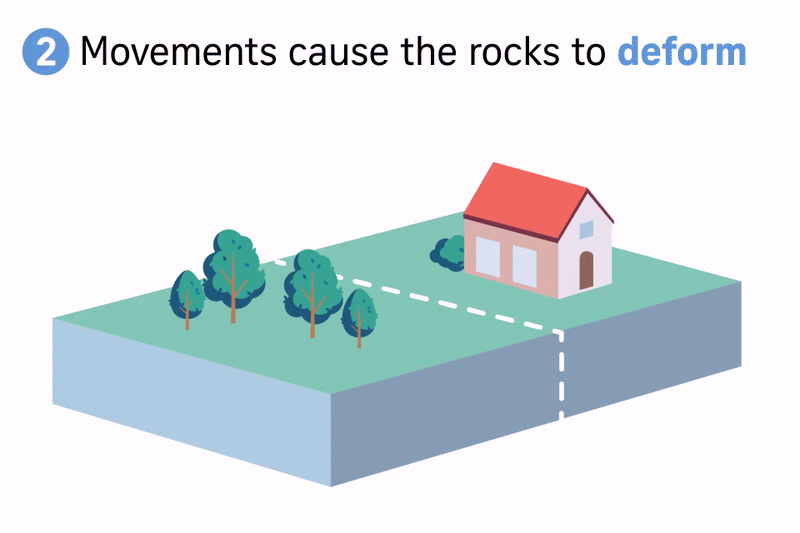
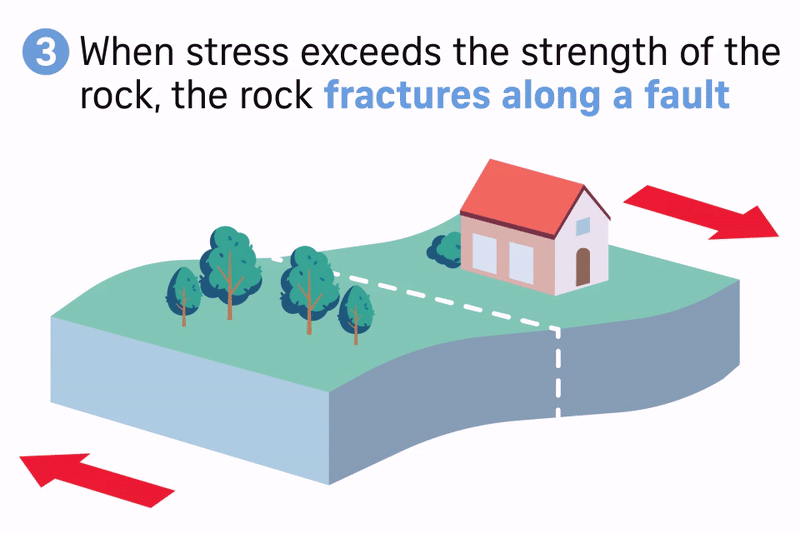
The East Anatolian Fault is a strike-slip fault. In those, solid rock plates are pushing up against each other across a vertical fault line, building stress until one finally slips in a horizontal motion, releasing a tremendous amount of strain that can trigger an earthquake.
The San Andreas Fault in California is perhaps the world’s most famous strike-slip fault, with scientists warning that a catastrophic quake is long overdue.
The initial rupture for the Turkey-Syria earthquake kicked off at a relatively shallow depth.
“The shaking at the ground surface will have been more severe than for a deeper earthquake of the same magnitude at source,” said Dr David Rothery, a planetary geoscientist at the Open University in Britain.
The earthquake caused such devastation partly because of its power – it is the strongest earthquake to hit Turkey since 1939 – and because it hit a populated region.
Turkey is in one of the world’s most active earthquake zones. A quake along the North Anatolian Fault in the northern Turkish region of Duzce killed more than 17,000 people in 1999.
But Monday’s earthquake occurred on the other side of the country. The East Anatolian Fault has not had a 7-magnitude quake for more than two centuries, which could mean people were neglecting how dangerous it is, Dr Musson said.
As it had been so long since the last big quake, quite a lot of energy may have built up, he theorised.
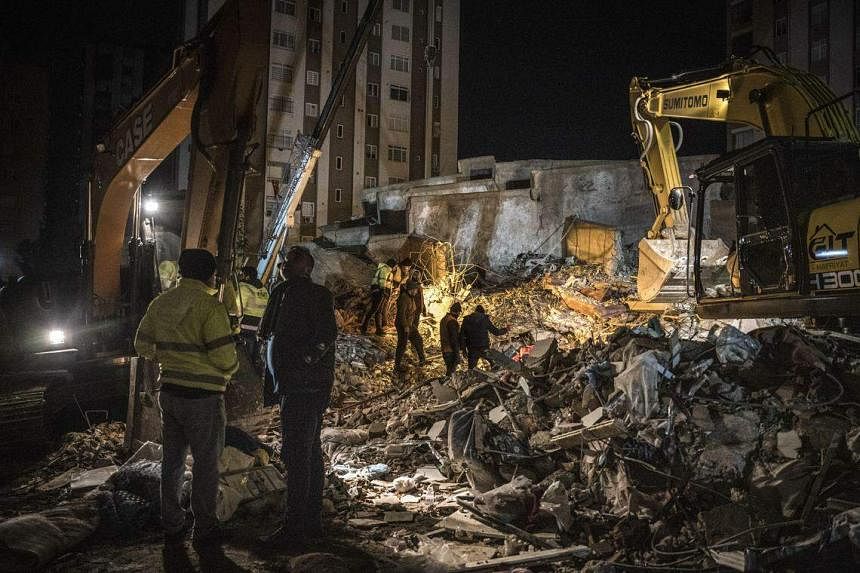
.
The strength of the aftershocks on Monday, including a huge 7.5-magnitude tremor, supported this theory, he added.
Another reason for the devastation was because it hit a populated region.
The quake occurred at 4.17am local time, which meant that sleeping people were trapped when their houses collapsed.
The construction of buildings was also not really adequate for an area that is susceptible to large earthquakes.
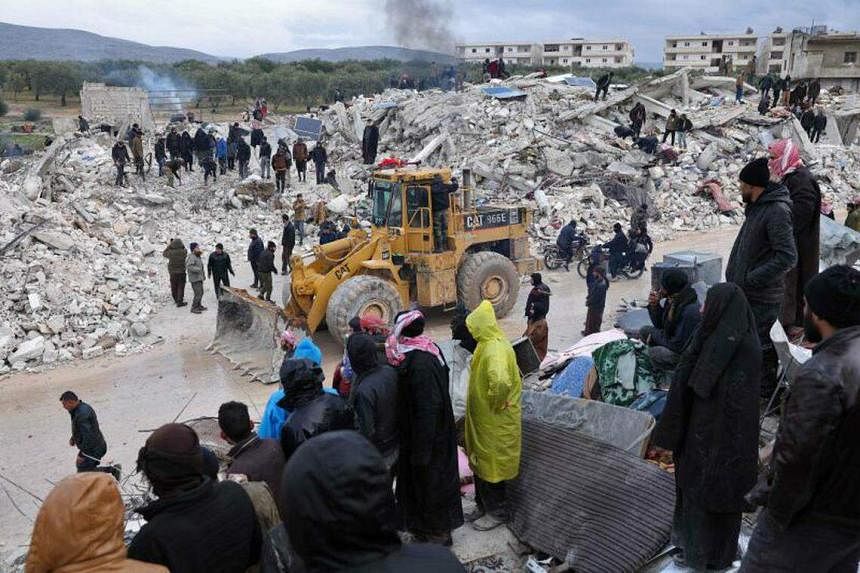 Residents and rescuers search for victims and survivors amid the rubble of collapsed buildings in the village of Besnaya in Syria’s rebel-held north-western Idlib province, on Feb 6, 2023. PHOTO: AFP
Residents and rescuers search for victims and survivors amid the rubble of collapsed buildings in the village of Besnaya in Syria’s rebel-held north-western Idlib province, on Feb 6, 2023. PHOTO: AFP
…
What kind of aftershocks can be expected?
Eleven minutes after the initial quake, the region was hit by a 6.7-magnitude aftershock. A 7.5-magnitude quake came hours later, followed by another 6-magnitude spasm in the afternoon.
“What we are seeing now is the activity is spreading to neighbouring faults,” said Dr Musson. “We expect seismicity to continue for a while.”
This earthquake was almost a re-run of a 7.4-magnitude one in the same area on Aug 13, 1822, Dr Musson said.
It caused “an enormous amount of damage, whole towns in ruins and casualties in the tens of thousands”, he noted.
Aftershocks from that quake continued to rumble until June the following year.
…
What might the final death toll be?
Earthquakes of similar magnitudes in populated areas have killed thousands of people. Nepal’s 7.8-magnitude earthquake in 2015 claimed nearly 9,000 lives.
“It is not going to be good,” said Dr Musson. “It will be in the thousands, and could be in the tens of thousands.”
Cold winter weather, he added, means that people trapped under rubble have less chance at survival.
Volcanologist Carmen Solana of Britain’s Portsmouth University said that because earthquakes cannot be predicted, tremor-resistant buildings are crucial in affected areas.
“The resistant infrastructure is unfortunately patchy in South Turkey and especially Syria, so saving lives now mostly relies” on efforts to rescue survivors, she added. REUTERS, AFP

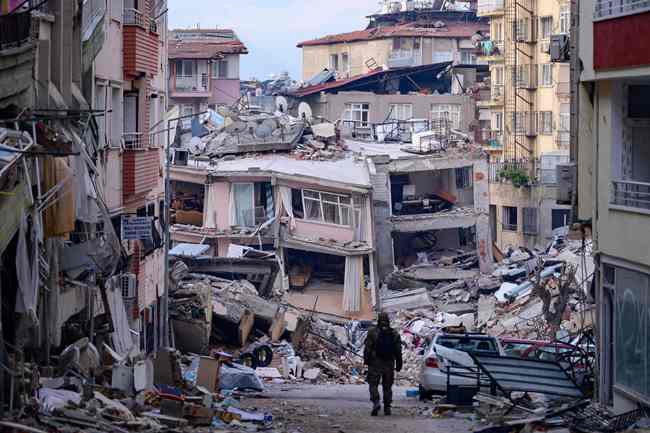
 Memento Maxima Digital Marketing
Memento Maxima Digital Marketing Ads by: Memento Maxima Digital Marketing
Ads by: Memento Maxima Digital Marketing




